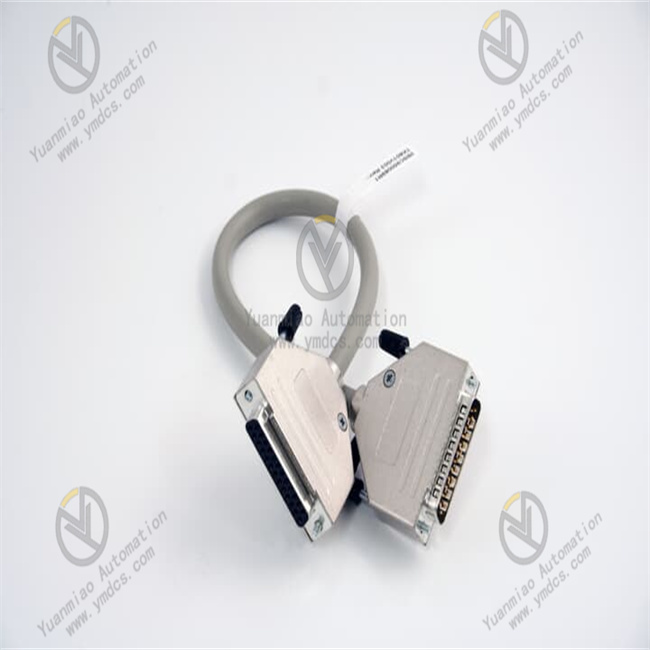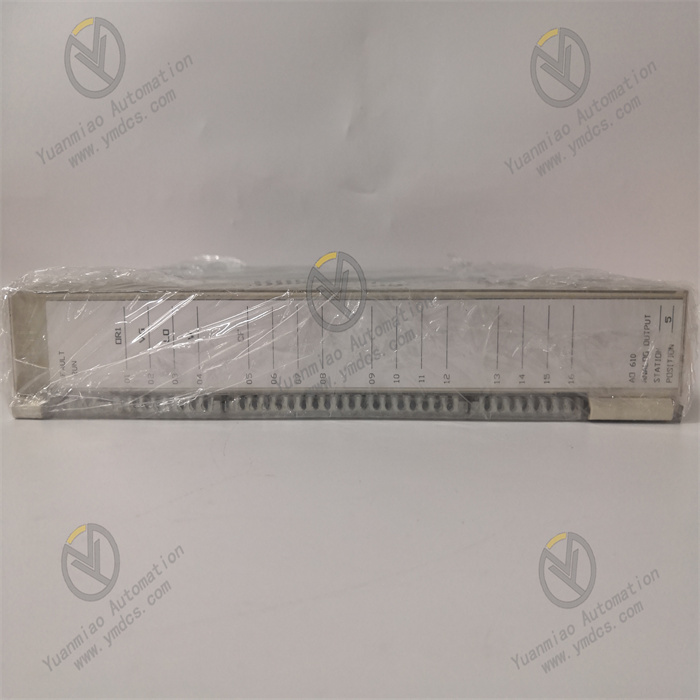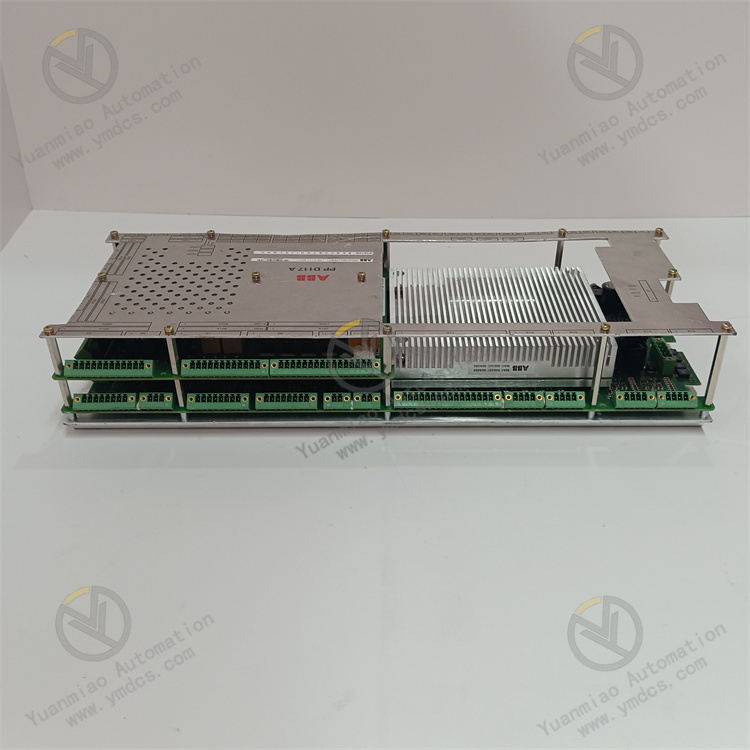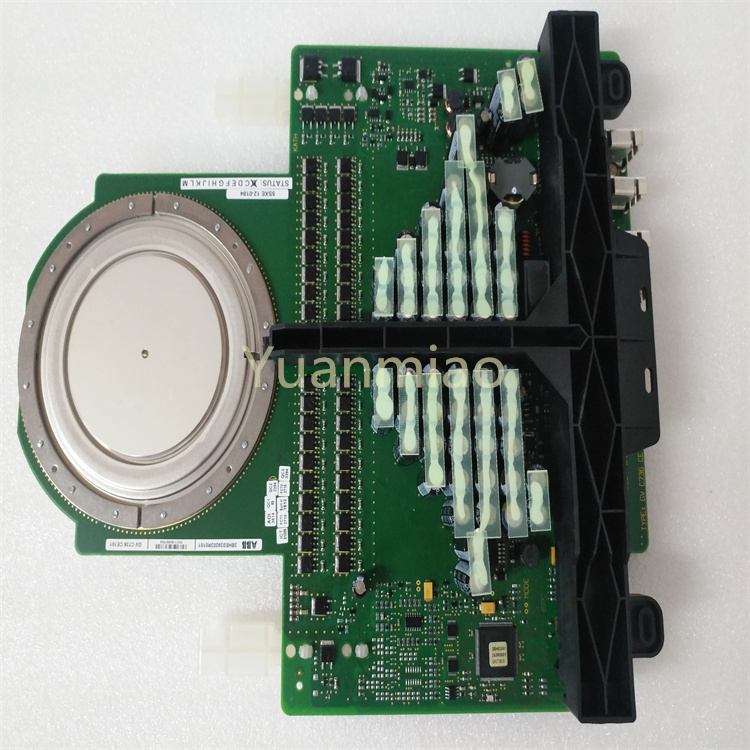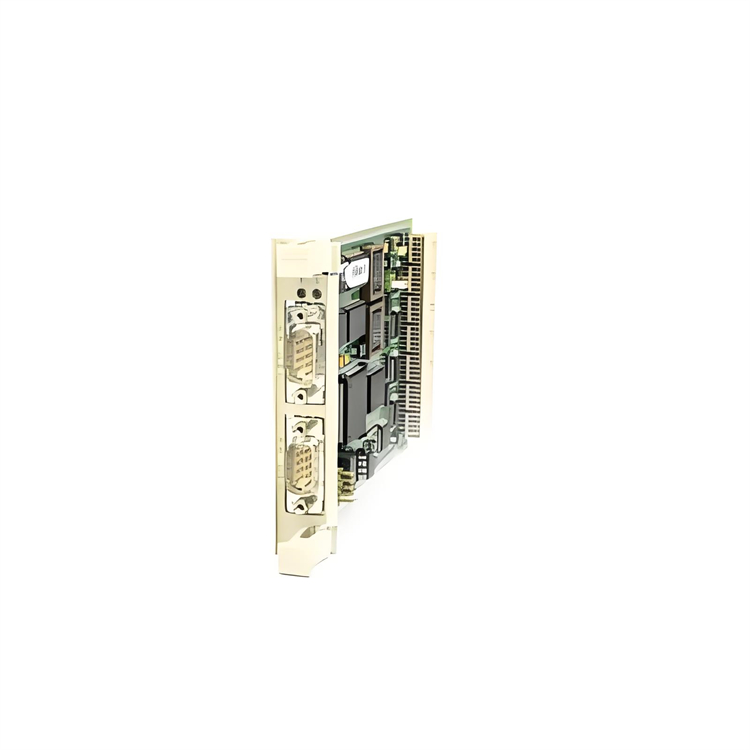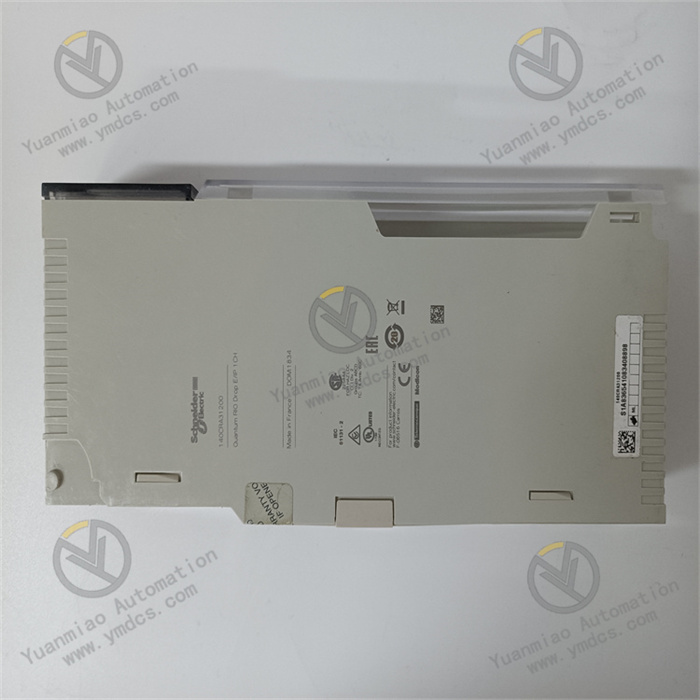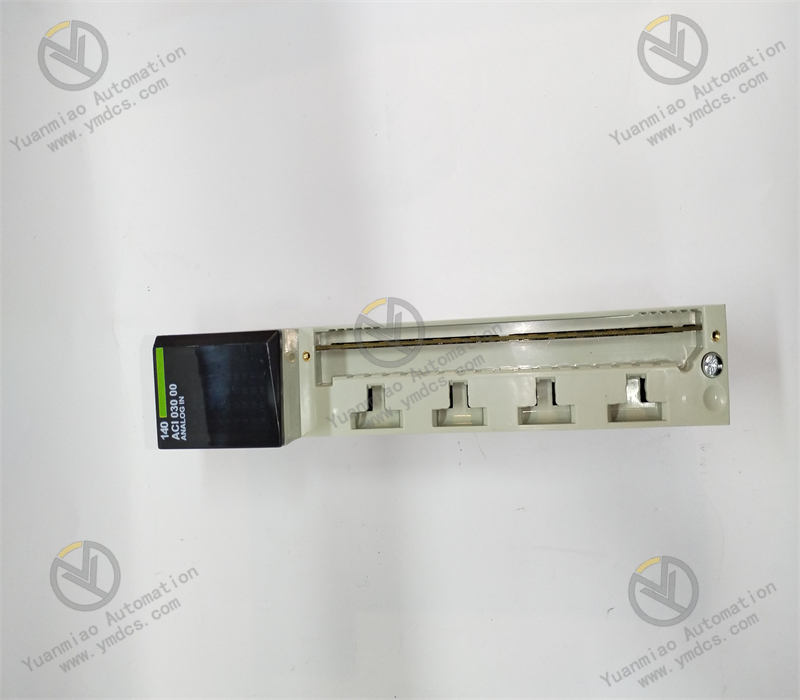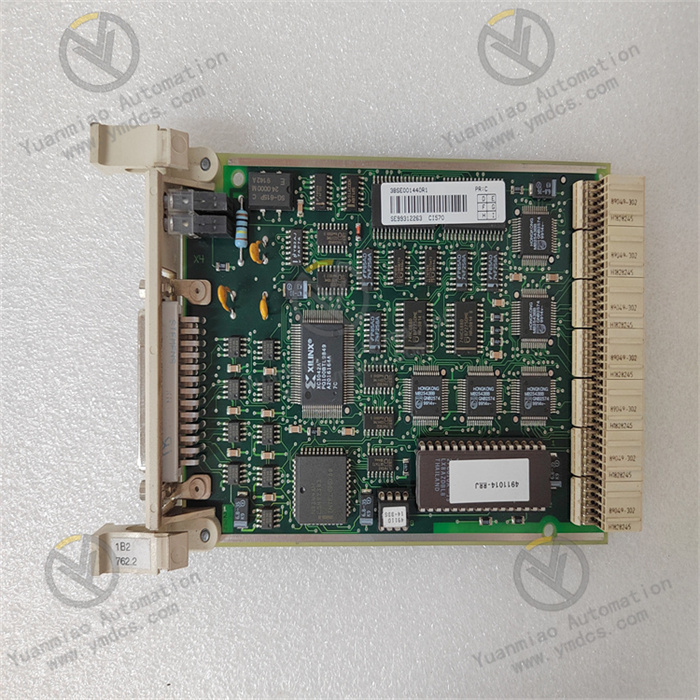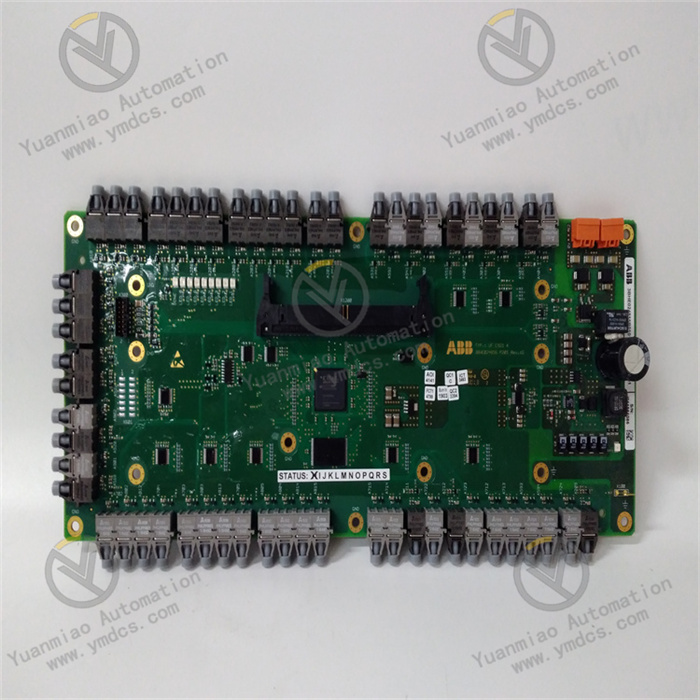Description
Functional Features Support for Multiple Communication Protocols: It supports multiple communication protocols such as Modbus, Profibus, PROFINET, Devicenet, CANopen, etc., enabling seamless data exchange and integration with devices and systems of different brands and types. Abundant Communication Interfaces: It is equipped with communication interfaces such as RS485, RS232, RJ45, EtherCAT, etc., which can adapt to various communication scenarios and connection requirements. Efficient Data Processing Capability: Adopting a high-performance processor, it can support complex control logic and real-time data processing, and is able to process and transmit data quickly and accurately to meet the needs of real-time control. Multiple Input and Output Channels: It has 4 analog inputs (0 - 20mA or 4 - 20mA), 8 digital inputs (polarity-free or relay), 2 analog outputs (4 - 20mA or 0 - 20mA) and 8 digital outputs (relay or transistor). It can be compatible with analog and digital inputs and outputs, meeting the requirements for collecting and controlling various industrial field signals. Wide Operating Temperature Range: The operating temperature range is generally from -40°C to +85°C, which can adapt to various harsh industrial environments and ensure stable operation under different temperature conditions. High-reliability Design: Using high-quality components and materials, through strict quality control and testing, it has an industrial-grade design standard, which can ensure long-term stable operation. At the same time, some models have an IP20 or higher protection level, which can effectively prevent the intrusion of dust and foreign objects. Easy Configuration and Programming: It provides a user-friendly interface and multiple programming interfaces, supports multiple programming languages, facilitating engineers to configure and program, reducing the development difficulty and improving work efficiency. Modular Design: With a compact structure, it is convenient for installation, maintenance and expansion. It can be flexibly combined and expanded according to actual application requirements, facilitating the upgrading and transformation of the system.
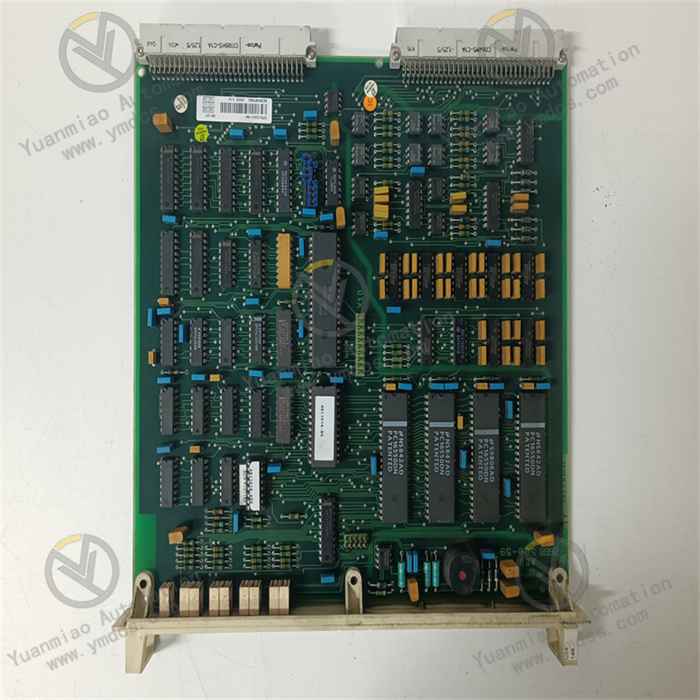
Technical parameters are as follows: Electrical Parameters Operating Voltage: 24V DC Input Frequency: 50/60Hz Power Consumption: Maximum 3W Communication Parameters Communication Protocols: Supports Modbus RTU, DeviceNet, CANopen, etc. Interface Types: RS-485, EtherCAT, DeviceNet Data Transmission Rate: Up to 1Mbps Dimensions and Weight Dimensions: 120mm×60mm×30mm Weight: 0.2kg Input and Output Number of Inputs/Outputs: 16 inputs, 16 outputs Operating Environment Operating Temperature: -25°C to +60°C Storage Temperature: -40°C to +70°C Humidity Range: 0%-95%, non-condensing Protection Level: IP65
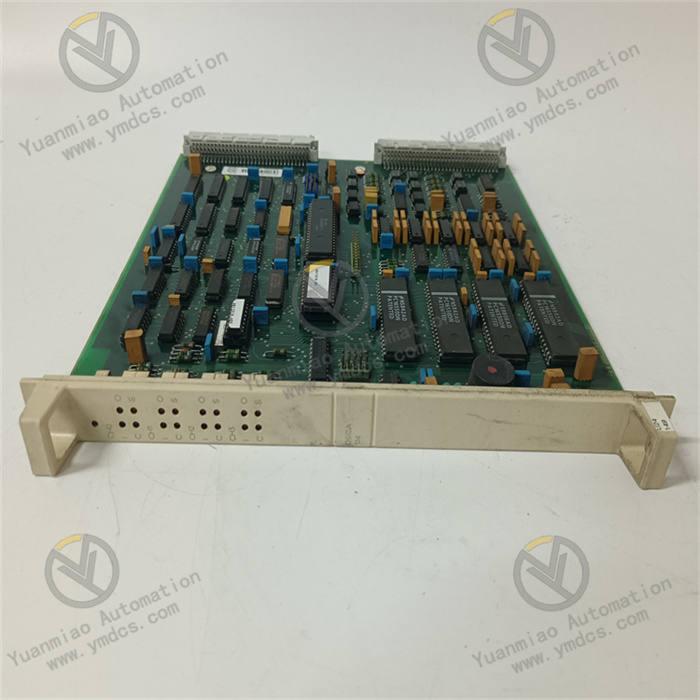
Common Faults and Solutions 1. Communication Fault Fault Phenomenon: The module cannot establish communication with other devices or there are errors in the communication data. Possible Causes: Poor connection of the communication interface, incorrect communication protocol settings, faults in the module or the devices communicating with it. Solutions: Check the connection cables of the communication interface to ensure that the connection is firm without looseness, damage or short circuit; Confirm whether the parameter settings of the communication protocol, such as baud rate, data bits, stop bits, parity bits, etc., are consistent with those of other devices; Try to restart the module and the devices communicating with it. If the problem still exists, the substitution method can be used. Connect the module to other known normal devices, or connect other normal modules to the faulty device to determine whether the problem lies in the module or other devices, and then repair or replace the faulty device.
2. Abnormal Input and Output Fault Phenomenon: The analog input and output signals are inaccurate, and the digital input and output states are incorrect or unresponsive. Possible Causes: Incorrect input and output wiring, faults in sensors or actuators, incorrect input and output parameter settings of the module. Solutions: Carefully check the input and output wiring to ensure that the wiring is correct and the cables are not damaged; Check and test the connected sensors and actuators to determine whether they are working properly. If there are faults, repair or replace them; Check the input and output parameter settings of the module, such as range, resolution, filtering time, etc., to ensure that the settings meet the actual application requirements. You can refer to the module's instruction manual for correct settings.
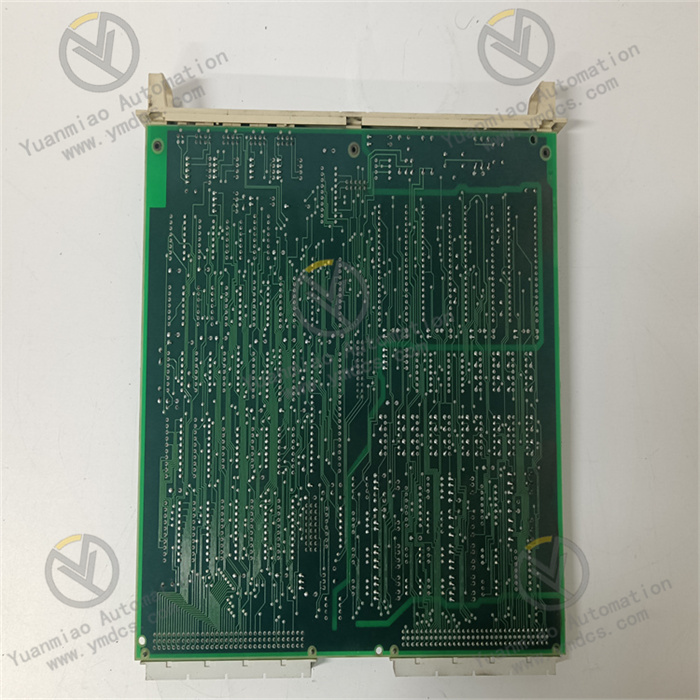
3. Power Supply Fault Fault Phenomenon: The module cannot start normally or works unstably, and phenomena such as frequent restarts occur. Possible Causes: Abnormal input power supply voltage, faults in the power supply module. Solutions: Use a multimeter to measure the input power supply voltage to confirm whether it is within the rated operating voltage range of the module (such as 24V DC or 110V - 380V AC). If the voltage is abnormal, check the power supply line and power supply equipment to eliminate power supply faults; If the input power supply voltage is normal, there may be a problem with the power supply module of the module. You can contact professional maintenance personnel for inspection or replacement of the power supply module.
4. Module Overheating Fault Phenomenon: The surface temperature of the module is too high, which may lead to performance degradation or faults. Possible Causes: Poor ventilation in the installation environment, excessive load on the module. Solutions: Check the installation position of the module to ensure that there is enough space around for heat dissipation, and avoid installing it in narrow, enclosed or poorly ventilated places; Clean the dust and debris on the surface of the module and around it to facilitate heat dissipation; Check the devices and loads connected to the module, and avoid the module running under a high load for a long time. If the load is too high, consider adding modules or optimizing the system configuration to reduce the burden on a single module.
5. Configuration and Programming Problems Fault Phenomenon: The module cannot work according to the expected functions, and some functions may not be realized or incorrect actions may occur. Possible Causes: Incorrect configuration parameters, programming logic errors. Solutions: Carefully check the configuration parameters of the module, including communication parameters, input and output parameters, function settings, etc., to ensure that all parameter settings are correct; Debug and check the written program to find out whether there are logical errors, syntax errors or omitted steps. You can refer to the module's programming manual and relevant sample codes for modification and improvement.



